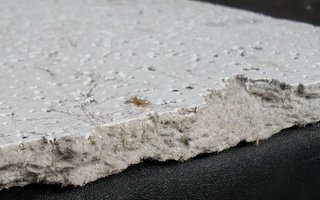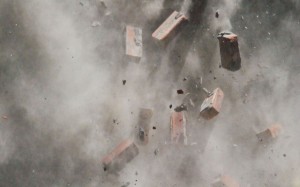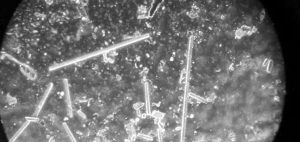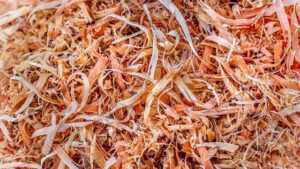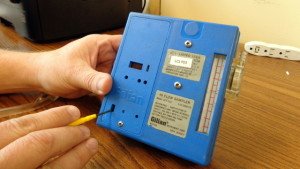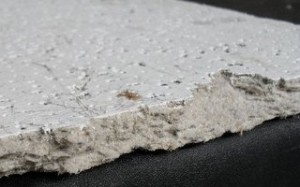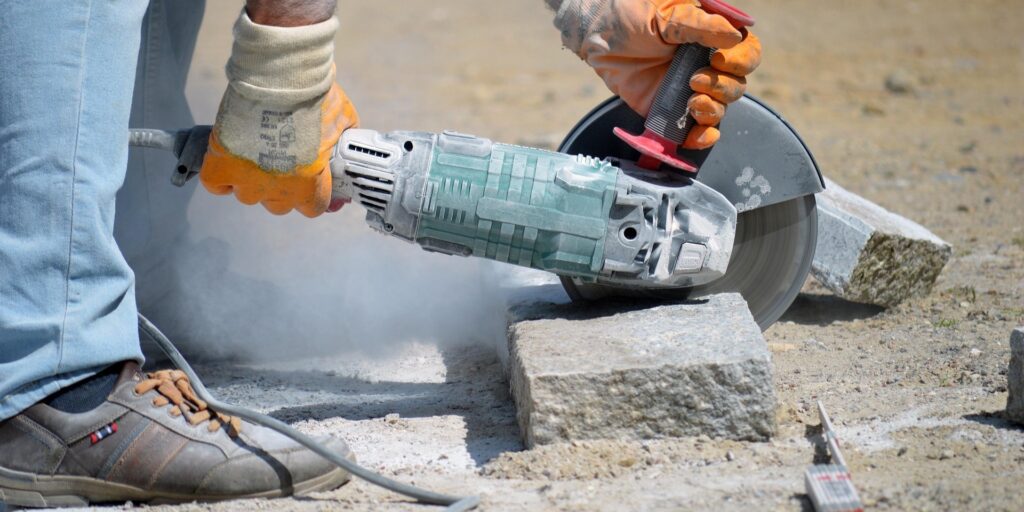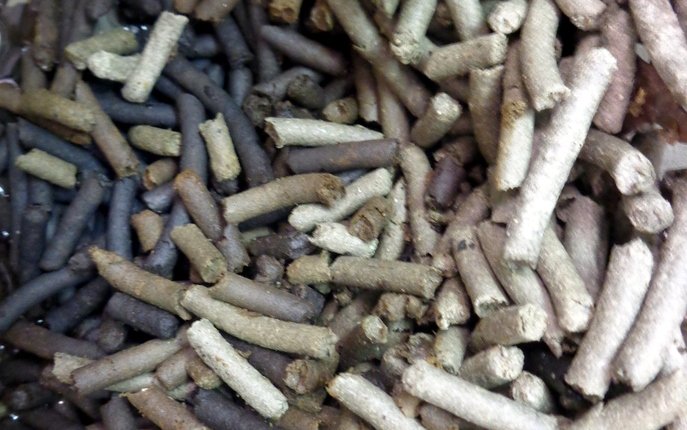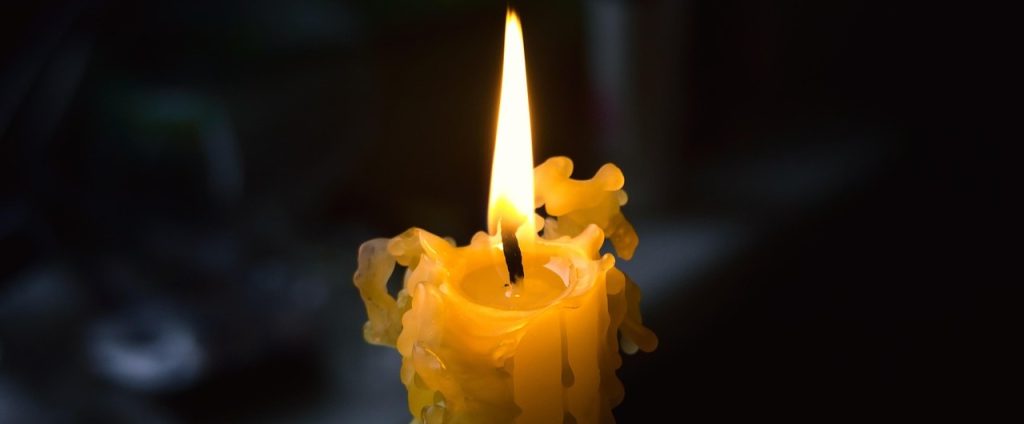At LCS Laboratory Inc., we specialize in accurate and reliable asbestos testing services tailored to the needs of industrial hygienists, consultants, and industrial clients. Whether you are conducting a workplace hazard assessment, planning a renovation, or managing ongoing safety compliance, we are here to support your asbestos survey with precise chemical testing and expert analysis.
Expertise in Chemical Testing and Regulatory Compliance
LCS Laboratory is a leader in chemical analysis for asbestos detection, utilizing cutting-edge methodologies and rigorous quality control programs to ensure reliable results. In Ontario, asbestos management is governed by Ontario Regulation 278/05, which defines ACM as any material containing 0.5% asbestos or more. Our tests not only meet but exceed industry standards. We offer our clients unsurpassed sensitivity and the best possible accuracy of asbestos evaluation.
Our laboratory performs thousands of asbestos tests annually, finding asbestos in 20% of submitted samples. We use advanced polarized light microscopy (PLM) techniques, and challenging samples are analysed in duplicate by 2 independent experts to ensure the highest possible accuracy.
Applications and Benefits
Accurate asbestos testing is critical for:
- Ensuring workplace safety by identifying and managing ACM
- Protecting workers from asbestos exposure
- Preventing costly project delays or penalties due to non-compliance
- Supporting legal and regulatory reporting
With over a century of asbestos use in construction materials, identifying ACM is vital, because virtually any material may contain asbestos. Asbestos is common in products such as insulation, ceiling tiles, and flooring. We organized all materials that may contain asbestos and created a comprehensive list of materials where asbestos is frequently found.
Our testing process is designed to meet Ontario’s regulatory requirements for sample collection. There is a requirement on how many samples should be tested to prove that asbestos is not use. For example, Regulation 278/05 specifies the minimum number of samples required based on the size and type of material:
| Type of Material | Area Size | Samples Needed |
|---|---|---|
| Surfacing materials (e.g., acoustical plaster) | Less than 90 m² | 3 |
| 90–450 m² | 5 | |
| Over 450 m² | 7 | |
| Thermal insulation (patches) | Less than 2 linear metres or 0.5 m² | 1 |
| All other materials | Any size | 3 |
In other words, typically you need to submit 3 or more samples of the same material for testing and if all 3 results come “Non-Detectable” you can say that the material is “Asbestos free”. For most materials, a sample size of approximately 1 gram is sufficient. If testing vermiculite attic insulation, a full Ziploc bag is required. For detailed instructions, visit our FAQ about Asbestos.
Supporting Accurate Record-Keeping
Thorough documentation is crucial for asbestos management. Ensure that you:
- Record the property name, address, and sampling date.
- Label samples clearly, e.g., “Sample #1: Floor Tile, Room 134.”
- Identify sub-samples, e.g., “Sample #1a: East Corner.”
- Mark sample locations on a floor plan and submit the completed Request for Analysis Form.
Why Choose LCS Laboratory?
By partnering with LCS Laboratory, you benefit from:
- Unparalleled expertise in asbestos and chemical testing.
- Compliance with Ontario’s strict regulatory framework.
- State-of-the-art techniques that deliver precision and reliability.
- Fast turnaround times to keep your projects on schedule.
Our results are clear and actionable, helping you identify and mitigate asbestos risks effectively.
Contact Us
Ready to discuss your project or need further information about our testing services? Email us today. Our team is here to help you achieve safety, compliance, and peace of mind in your asbestos management efforts.

